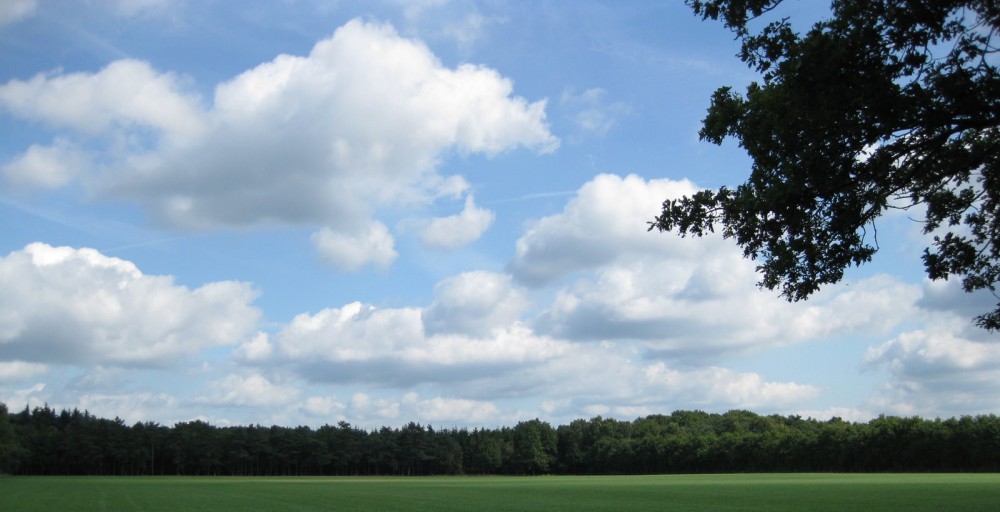Atomistic vs. Holist Composition, from Plato’s Metaphysics of Structure, in Plato on Parts and Wholes, by Verity Harte, 2002, Oxford 2005, p.276-8.
David Lewis [1941-2001] has what one might call an ‘atomistic’ approach to composition. By this I do not mean that Lewis is committed to the existence of atoms. What I mean is that Lewis approaches composition from the bottom up. One starts with things, which are candidate parts, as the building blocks of composition. And one builds up to composites from these things by taking various sets of things, which are more or less related to each other in various ways. But the various ways in which the things in question are related (including their composing something) seem somehow secondary to the things themselves. […]
In contrast to such an ‘atomistic’ approach to composition, the alternative model of composition that I have attributed to Plato might rather be described as a ‘holist’ conception. Rather than working from the bottom up, it proceeds, as it were, from the top down. The identity of a part is determined only in the context of the whole of which it is part. Thus, whether or not there is something such that it is a part of something else is determined only in the context of the whole in question. Wholes come first; and parts – and the things that are parts – only thereafter.
The contrast between these two approaches to composition has consequences for the evaluation of Lewis’ argument against the imposition of any restrictions upon composition. Lewis’ ‘things’ are all candidate parts. Indeed, by the Axiom of Unrestricted Composition, they will all in fact be parts, and, in almost all cases, parts of very many fusions indeed. But each such thing has perfectly good identity conditions independently of the fusion(s) of which each is part. Such an assumption is necessary, if, in arguing against restrictions upon composition, Lewis is to argue that any attempt to impose restrictions on which ‘classes of things’ compose something must perforce result in vagueness, since, Lewis supposes, it will be ‘a vague matter whether a given class satisfies our intuitive desiderata for composition’. But, Lewis argues, ‘The question … whether a given class does or does not have a mereological sum … cannot have a vague answer’. If this argument is to get purchase, things must come first. If, alternatively, parts are to be found only in the context of the whole they compose, Lewis’ argument appears to be blocked at the first move.
